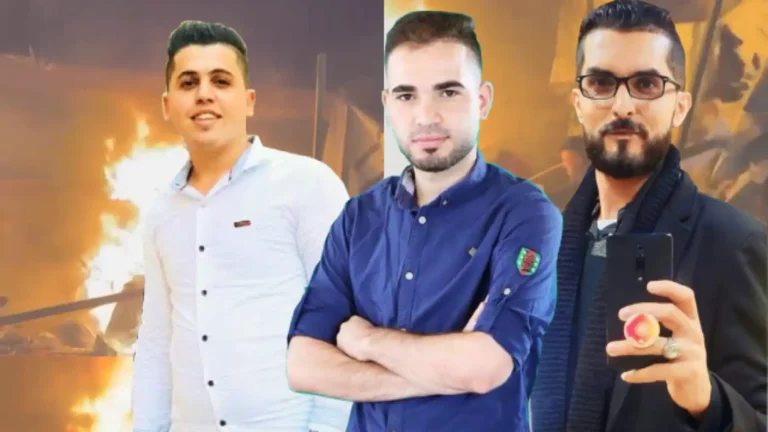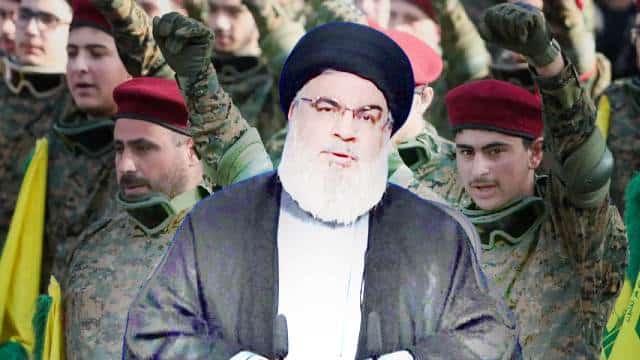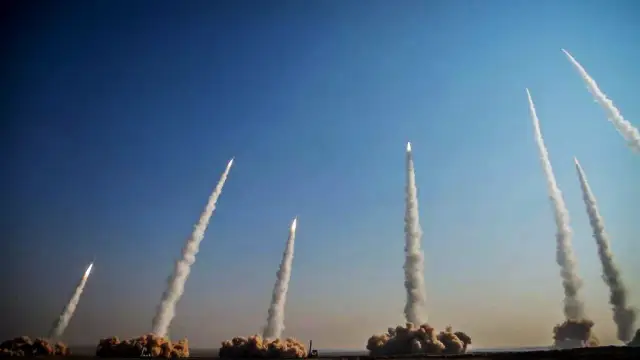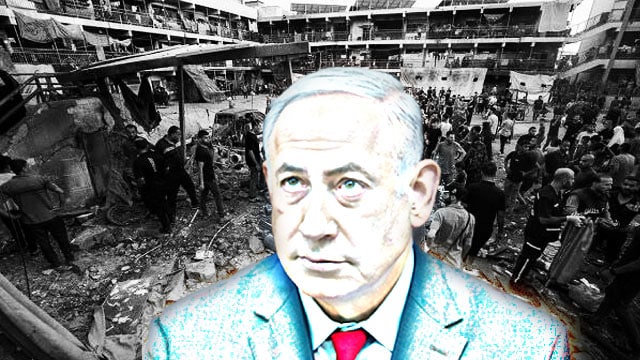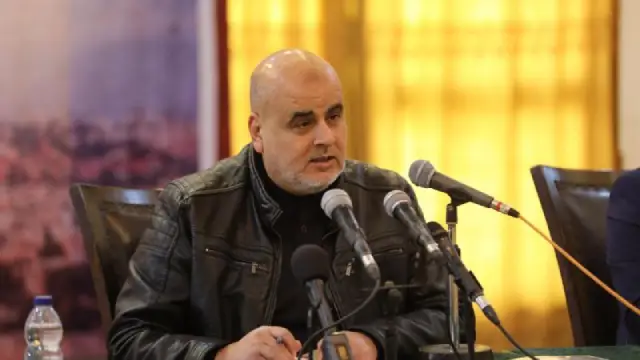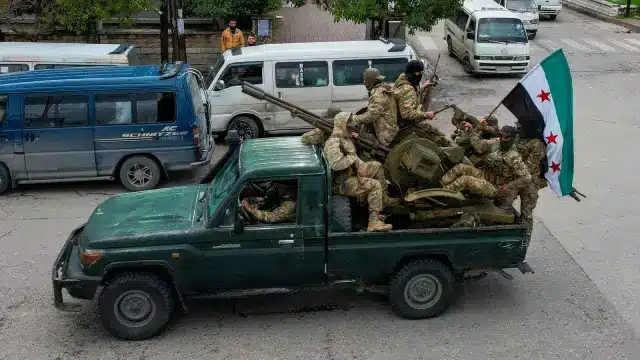Three more journalists killed in Gaza have brought the total death toll among media personnel to 211 since Israel’s offensive began in October 2023. The latest casualties occurred when Israeli forces targeted a journalists’ tent near Nasser Hospital in Khan Younis on April 7th 2025.
Helmi Al-Faqawi and Youssef Al-Khazandar died instantly in the strike. Ahmed Mansour, who worked for Palestine Today, later succumbed to his wounds after being set ablaze in the attack—a horrifying scene captured on video by bystanders.
Watch the full video of the incident on the East Post‘s official Telegram channel here.
Journalists killed in Gaza while reporting from hospital grounds
The journalists were stationed in a tent near the Nasser Medical Complex when the strike occurred. Eight other journalists were wounded in the attack, including Hassan Aslih, whom Israeli forces later claimed was the intended target of the bombing.
According to the Government Media Office in Gaza, the wounded journalists include Ahmed Al-Agha, Mohammad Fayeq, Abdullah Al-Attar, Ihab Al-Bardini, Mahmoud Awad, Majed Qudeih and Ali Asleeh.
Journalist Alamuddin Sadiq, who witnessed the attack, provided a harrowing account: “Unusually, calm prevailed, and colleagues were joking with those in the small tent that tonight would be different and we would sleep deeply.”
What happened next transformed this rare moment of normalcy into chaos.
“Suddenly, I heard the groans of colleagues and saw fire consuming everything,” Mr Sadiq recounted.
The scene was grim.
“When I went out, I saw that Helmi and Al-Khazandar had been martyred,” he continued.
Ahmed Mansour remained at his desk despite suffering a severe head injury.
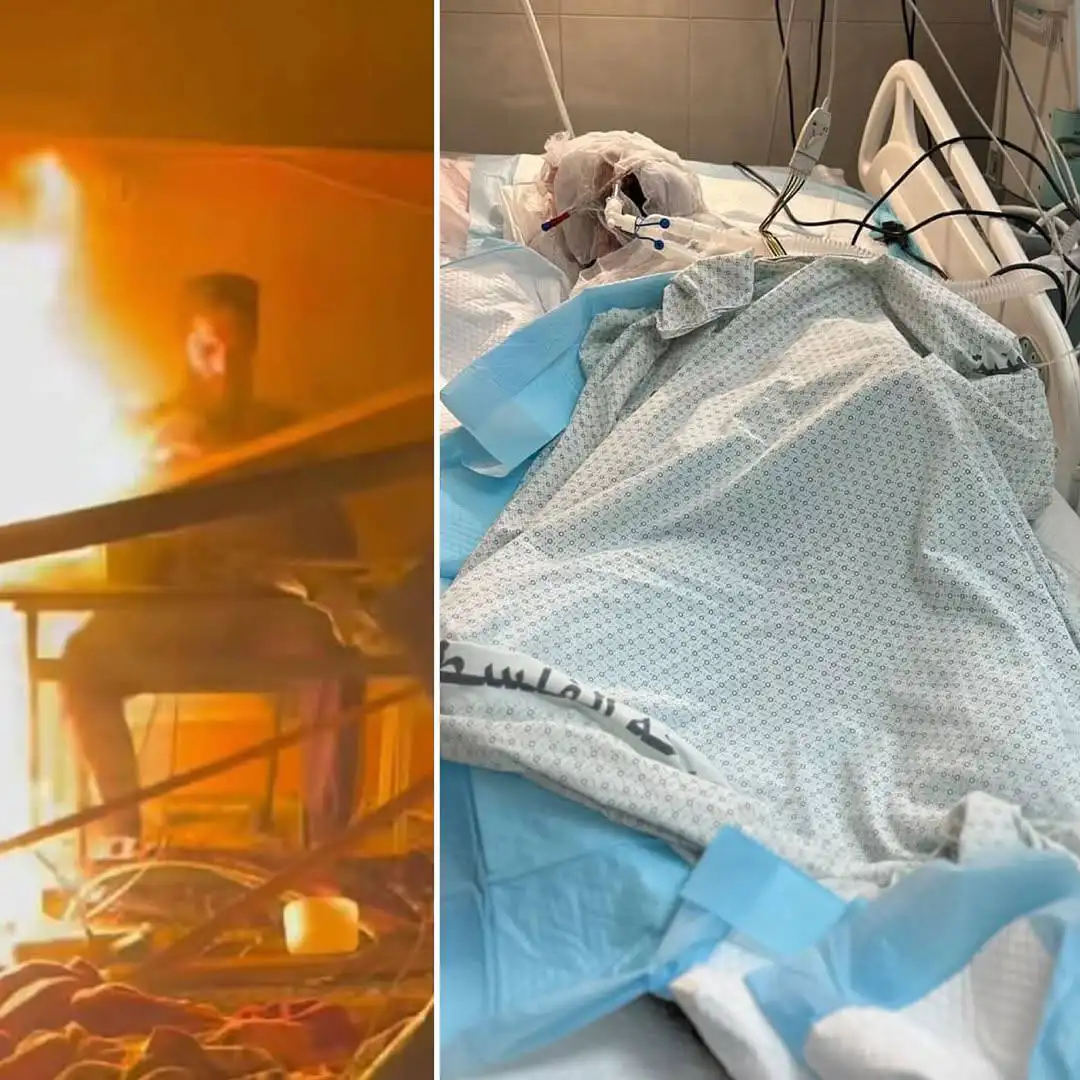
“The flames consumed his body until Abd Shaath pulled him out,” Mr Sadiq said.
Mr Mansour’s condition was initially described as critical before his death was confirmed.
Israel kills Gaza journalists with drone strike
According to Mr Sadiq, “The missile was fired from a drone and was loaded with sharp shrapnel and deadly iron plates.”
The injuries sustained by the journalists were severe.
Mr Aslih had two fingers amputated and suffered a head injury.
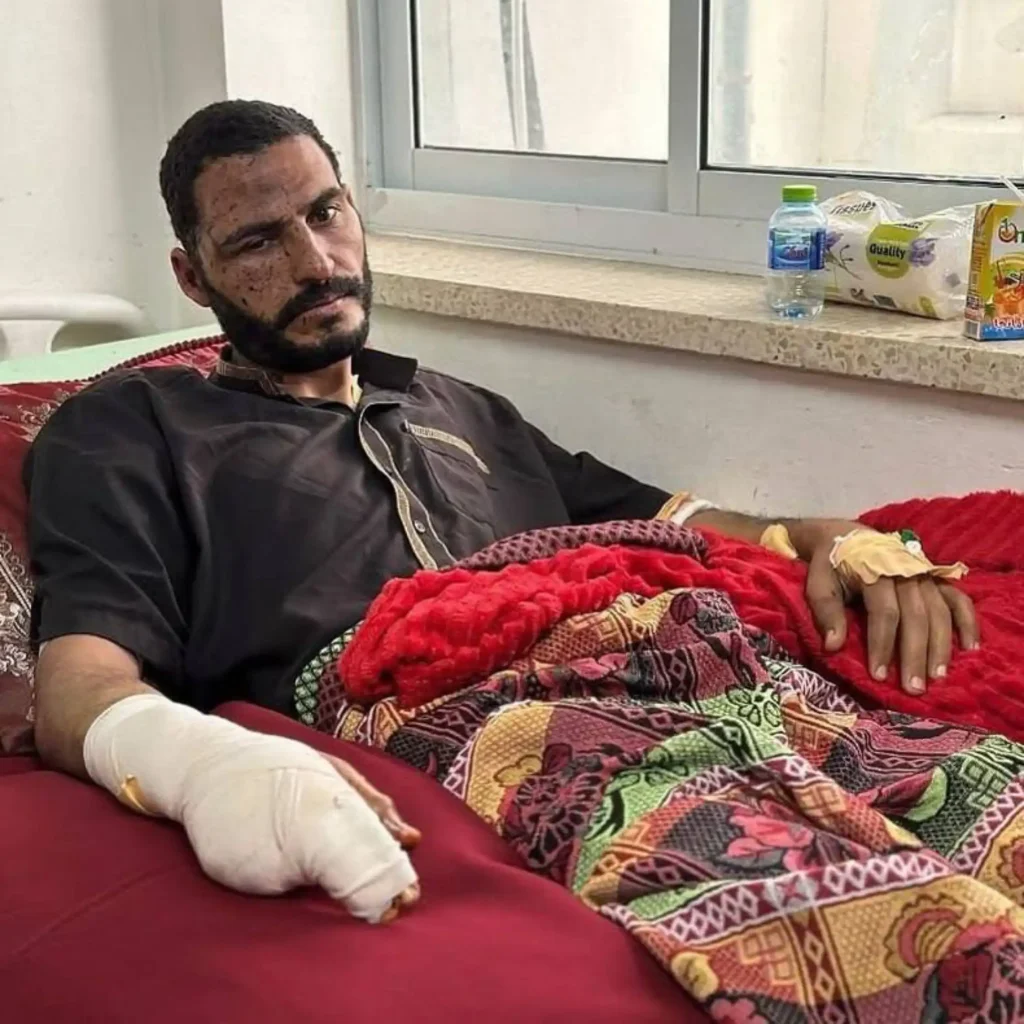
Mr Al-Attar had shrapnel near his spleen that required surgical removal.
Perhaps most disturbing was the condition of Mr Al-Bardini.
“Ihab Al-Bardini was very seriously injured: shrapnel entered his head and exited through his eye socket, causing his eye to be dislodged,” Mr Sadiq explained.
The Israeli military reportedly claimed that the target of the bombing was journalist Hassan Aslih.
Mr Aslih has documented numerous Israeli military operations since the war began.
“What happened was a deliberate targeting of press crews to prevent the reporting of the truth and the exposure of the occupation’s crimes,” Mr Sadiq concluded.
Widespread condemnation as more journalists killed in Gaza
Palestinian factions including Hamas, Palestinian Islamic Jihad (PIJ), the Popular Front for the Liberation of Palestine (PFLP), the Democratic Front for the Liberation of Palestine and Fatah Al-Intifada universally condemned the attack.
Several groups noted the particularly horrific scene of journalist Ahmed Mansour being burned alive.
The Popular Resistance Committees and PIJ claimed that “incendiary American missiles” and “heavy and internationally prohibited bombs” were used in what they described as a massacre.
Hamas stated that the attack was part of Israel’s “frantic efforts to obscure the truth about what is happening in Gaza.”
The Government Media Office in Gaza issued a strong statement condemning the targeting of journalists.
“We hold the Israeli occupation, the U.S. administration, and the countries complicit in this genocide—such as the United Kingdom, Germany, and France—fully responsible for committing this heinous and brutal crime,” the statement read.
They called on international organisations to “condemn the crimes of the occupation, hold it accountable in international courts, and bring the perpetrators to justice.”
Pattern of attacks on journalists killed in Gaza
The latest attack fits a disturbing pattern of journalists being targeted while covering the conflict.
Since Israel resumed its offensive on March 18th 2025, following a brief ceasefire from January, the situation for media personnel has remained perilous.
The renewed offensive came after the initial large-scale military operation that began in October 2023.
Journalists in Gaza have faced extraordinary dangers while attempting to report on the humanitarian crisis.
Many operate from hospital grounds, which should, in theory, offer some protection under international law.
Yet the tent near Nasser Hospital is just the latest example of supposedly protected sites coming under fire.
The targeting of journalists raises serious questions about Israel’s commitment to freedom of the press.
It also highlights the extreme conditions under which Gaza’s remaining journalists operate.
With 211 journalists killed in Gaza since October 2023, the Strip has become arguably the deadliest place on earth for media workers.
International silence as Israel kills Gaza journalists
Palestinian factions pointed to what they called “international silence and complicity” in enabling the attacks on journalists.
They suggested this silence constitutes a form of partnership with the Israeli military operations.
The perceived lack of international response has added to frustrations among Palestinians.
Many see it as evidence of double standards in how attacks on journalists are treated depending on the context.
The Government Media Office in Gaza specifically called out the United States for providing “political cover and missiles” for the operations.
They urged “the international community, international organisations, and all entities concerned with journalism and media worldwide” to take action.
Whether such calls will lead to meaningful pressure on Israel remains to be seen.
In the meantime, the remaining journalists in Gaza continue their work under near-impossible conditions.
They do so knowing that their colleagues have paid the ultimate price for attempting to document the conflict.
As one Palestinian faction noted, the Israeli military “will not be able to silence the voice of truth.”
This voice, they said, “stands as a bulwark against and confronting Zionist criminality and fascism.”
Yet with each journalist killed in Gaza, that voice grows a little fainter.
And the world loses another witness to a conflict that has already claimed tens of thousands of lives.

